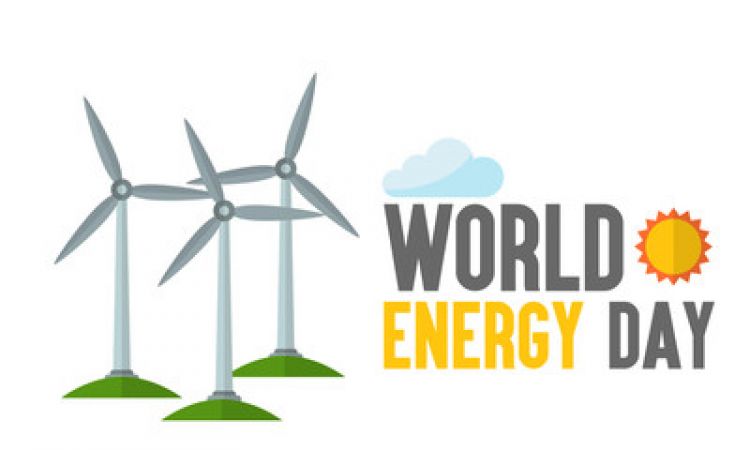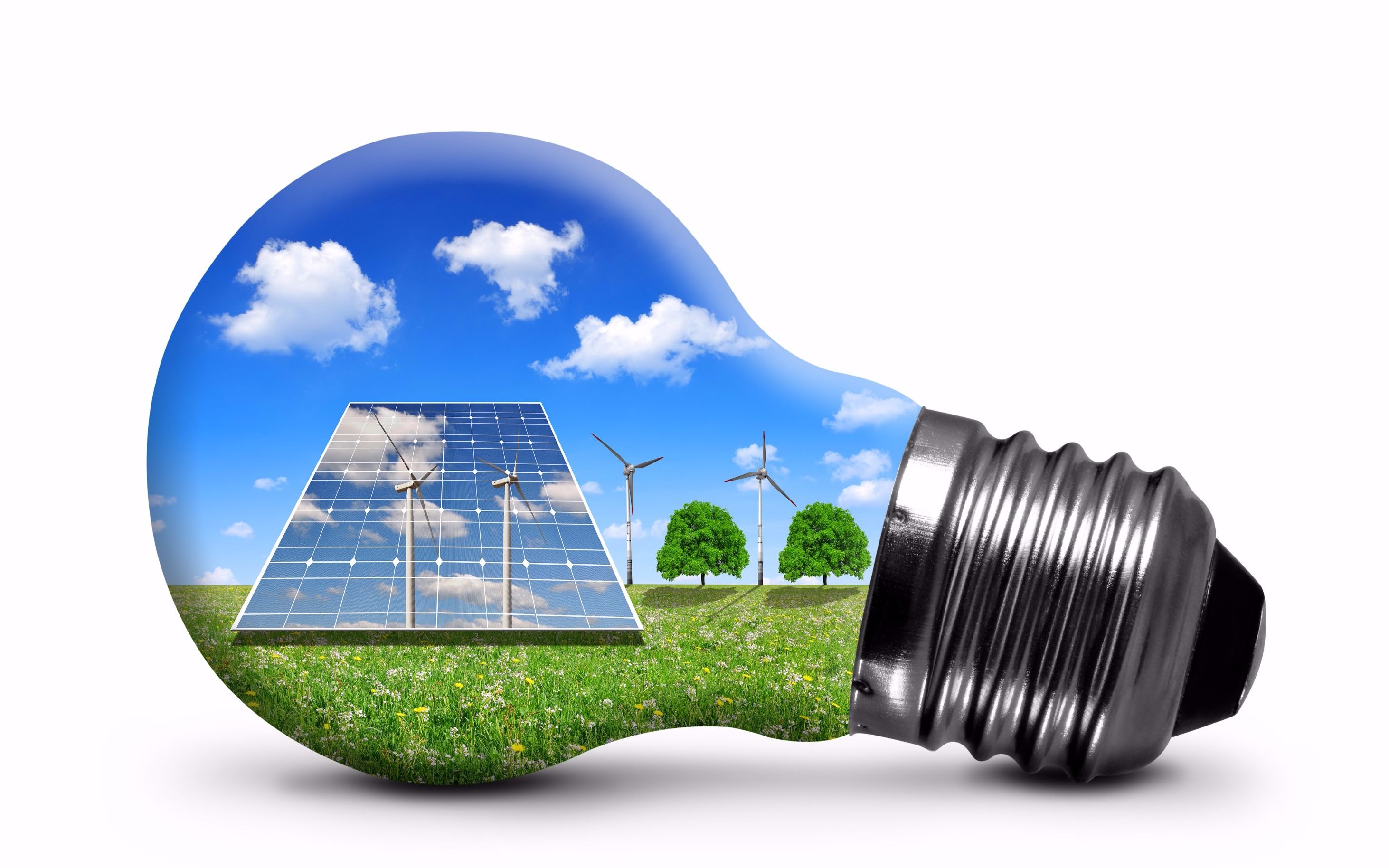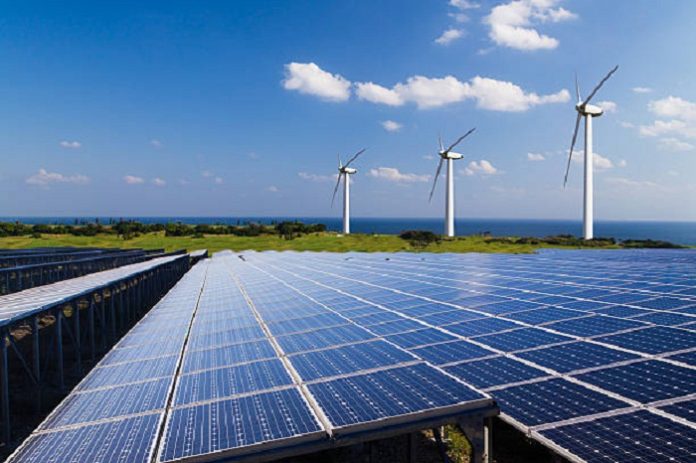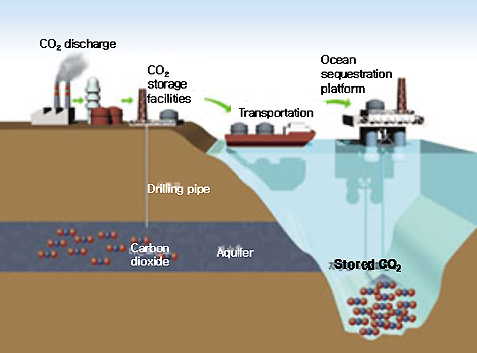
INTERNATIONAL ENERGY DAY is celebrated by The International Energy Agency (IEA) all over the world on 3 of May. IEA is a Paris-based autonomous intergovernmental organization established in the framework of the Organisation for Economic Co-operation and Development (OECD) in 1974 in wake of the 1973 oil crisis for better conservation of energy and promotion of sustainable development worldwide. The IEA was initially dedicated to responding to physical disruptions in the supply of oil, as well as serving as an information source on statistics about the international oil market and other energy sectors.

The IEA acts as a policy adviser to its member states but also works with non-member countries, especially China, India, and Russia. The Agency's mandate has broadened to focus on the "3Es" of effectual energy policy: energy security, economic development, and environmental protection. The latter has focused on mitigating climate change. The IEA has a broad role in promoting alternate energy sources (including renewable energy), rational energy policies, and multinational energy technology co-operation.
The IEA was created on 18 November 1974 by the Agreement on an International Energy Program (I.E.P. Agreement).[7]
During its history, the IEA has intervened in oil markets three times by releasing oil stocks ? in 1991 during the Gulf War, in 2005 by releasing 2 million barrels per day for a month after Hurricane Katrina affected US production, and most recently in 2011 to offset continued disruption to oil supplies as a result of the 2011 Libyan civil war.

The Energy Watch Group (EWG), a coalition of scientists and politicians which analyses official energy industry predictions, claims that the IEA has had an institutional bias towards traditional energy sources and has been using "misleading data" to undermine the case for renewable energy, such as wind and solar. A 2008 EWG report compares IEA projections about the growth of wind power capacity and finds that it has consistently underestimated the amount of energy the wind power industry can deliver.
For example, in 1998, the IEA predicted global wind electricity generation would total 47.4 GW by 2020, but EWG's report states that this level was reached by the end of 2004.The report also said that the IEA has not learned the lesson of previous underestimates, and last year net additions of wind power globally were four times greater than the average IEA estimate from its 1995-2004 predictions.

This pattern seems to have continued through 2016.The International Renewable Energy Agency was formed on January 26, 2009. The aim is to have the agency fully operational by 2010 with an initial annual budget of ?25m.
Twenty two countries plus the European Commission participate in IEA Bioenergy: Australia, Austria, Belgium, Brazil, Canada, Croatia, Denmark, European Commission, Finland, France, Germany, Ireland, Italy, Japan, Korea, Netherlands, New Zealand, Norway, South Africa, Sweden, Switzerland, United Kingdom, and USA.

The IEA Photovoltaic Power Systems Programme (PVPS) is one of the collaborative R&D Agreements established within the IEA and, since its establishment in 1993, the PVPS participants have been conducting a variety of joint projects in the application of photovoltaic conversion of solar energy into electricity. As of 2015, there are 28 members, including Australia, Austria, Belgium, Canada, China, Denmark, France, Germany, Israel, Italy, Japan, Korea, Malaysia, Mexico, Netherlands, Norway, Portugal, Spain, Sweden, Switzerland, Thailand, Turkey, United States, as well as EPIA(European Photovoltaic Industry Association), European Union, International Copper Association, SEIA(Solar Energy Industries Association) and SEPA(Solar Electric Power Association).
IEA promotes the reduction of CO2 emissions for both conventional fossil-fuel carbon capture and storage (CCS) and for bioenergy with CCS by working with member and partner nations on the development of cost-effective and efficient international and national energy policies including CCS, trading mechanisms, and low-carbon technologies.

The 2012 IEA report entitled "A Policy Strategy for Carbon Capture and Storage" argues for comprehensive policy mechanisms that include setting a market price on CO2 emissions as key to reduction of CO2 emissions. "In contrast to renewable energy or applications of energy efficiency, CCS generates no revenue, nor other market benefits, so long as there is no price on CO2 emissions. It is both costly to install and, once in place, has increased operating costs. Effective, well-designed policy support is essential in overcoming these barriers and the subsequent deployment of CCS technology.
Also Read:
16th International Energy Forum Meet: PM Modi introduces four pillars of energy
PM Modi to inaugurate International Energy Forum-2018 ministerial meeting
India-US to expand aid in oil; gas, power, renewable energy, says Pradhan